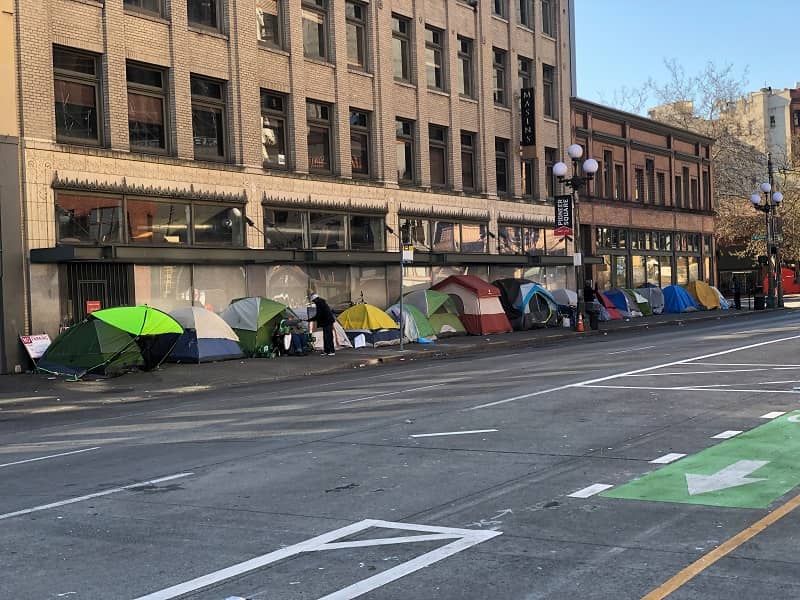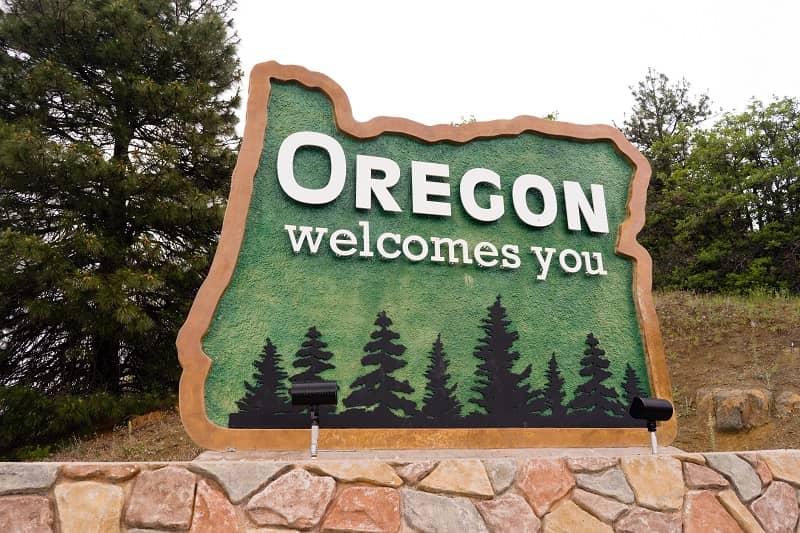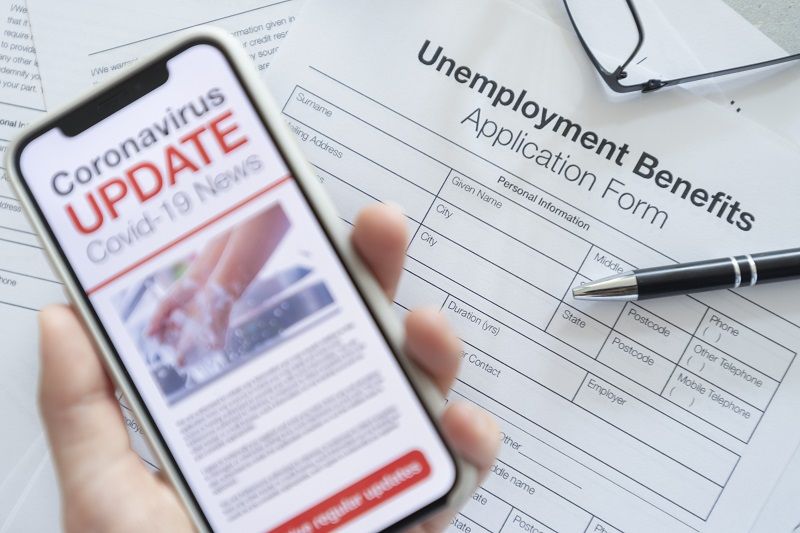Some straightforward solutions to a complex problem
By Eric Fruits, Ph.D. and Vlad Yurlov
Executive Summary
Every city in the United States has homeless individuals and families. Coastal cities, especially on the West Coast, have numbers of homeless that have hit crisis levels. In addition to the personal toll homelessness takes on the individuals and their families, the spread of unsheltered homeless populations and homeless camps imposes enormous social costs in the form of public health, public safety, and livability for the community at-large.
After decades of attempts to address homelessness—and unknown, but large, amounts of money spent—the crisis seems to have worsened in many places, especially in Portland, Oregon. Since the mid-1980s the region has launched long-range plans to “end” homelessness. All of the plans failed to reach their goals, for many reasons: insufficient funding, political headwinds, legal barriers, and the seeming intractability of solving the problem.
In 2020, the region’s voters approved two new income taxes to provide “supportive housing services” to the homeless and those at risk of becoming homeless. The taxes are anticipated to bring in approximately $250 million a year. During the campaign, proponents claimed, “We know what works, it’s just a matter of scale.” That’s not correct.
To be blunt, we don’t know what works, and there appear to be no economies of scale. For more than two decades, the “Housing First” approach has been heralded as the best solution. The approach focuses first on providing housing to individuals and families, then addressing issues that led participants to homelessness and are keeping them from being housed. These “wrap around” services are expensive and require individuals to have the ability and will to fully use them.
While the approach has improved outcomes regarding the transmission of HIV and the survival of those with HIV/AIDS and has had some success in reducing alcohol abuse, the National Academies of Sciences, Engineering, and Medicine concluded that there is no substantial published evidence to demonstrate improved health outcomes or reduced health care costs. Moreover, there is no evidence that Housing First approaches have had any effect on reducing overall homelessness or the number of unsheltered homeless.
For the community at large, the unsheltered population is the biggest concern. These are the people seen sleeping on the streets, in parks, in tents, in cars, or in abandoned buildings. This population is most quickly associated with filth left in doorways, needles scattered in parks, car prowls, and property theft. While a majority of Portland area voters have compassion for the homeless, they also want an end to overnight camping. They want to feel safe walking down the street or in their parks. They want their city’s businesses to flourish.
Many cities are bound by the Ninth Circuit Court’s decision in Martin v. City of Boise. This ruling prohibits city anti-camping ordinances from being enforced if there is no shelter space available. In addition, the City of Portland is bound by a settlement agreement requiring 24-hour notice before homeless camps can be cleared. The delays associated with the notice requirement means once a camp is reported, it can take the city a week or more to clear a camp.
One way to enforce a camping ban, while complying with Martin, is to develop a database of vacant and available shelter space. If the database indicates space is available, broad laws that prohibit public camping may be enforced. For example, after the Martin decision, Modesto, California implemented a straightforward inventory/vacancy system. Each day, county staff contact emergency homeless shelter providers in the county to track the availability of shelter beds. The information is then distributed to outreach workers and law enforcement officers. Police officers are then able to offer people who are camping illegally a more stable place to stay. As simple as this may seem, neither the City of Portland nor the State of Oregon has such a system.
Because of the COVID-19 pandemic, Portland has increased temporary emergency shelter beds to allow shelters to practice socially distancing. Among other locations, sites have been set up at the Oregon Convention Center, three community centers, a recently abandoned Greyhound bus station, and vacant outdoor land. Cascade Policy Institute proposes the city should continue to pursue making permanent some of these low-cost emergency shelters and camping sites.
In October 2020, Bybee Lakes Hope Center opened its doors as a supportive transitional housing facility for the homeless at the site of the never-opened Wapato Jail in Portland. Along the way, the project faced opposition from local politicians who claim solving homelessness is their main priority. Opponents argued housing people in a former jail was undignified, saying it amounted to merely “warehousing” the homeless. They claimed local zoning laws—which they control—didn’t allow for housing. But, the owner and operator of Bybee Lakes overcame these objections and now the site provides a template for repurposing surplus public land and buildings into facilities to serve the homeless.
Toward that end, Cascade Policy Institute urges Metro, the regional government, to convert into emergency housing the now-shuttered Portland Expo Center. The Expo Center is a 330,000-square-foot exposition facility sitting on 53 acres of land. It has easy access to public transit as a light rail line terminates at the front of the Expo Center and provides frequent service to downtown Portland. The facility needs significant capital investment to remain competitive in the exposition market, but has no identified funding source to meet these needs.
At 100 square feet per person, the site’s exhibition space alone could serve 2,000 to 3,000 individuals. Its 2,500 vehicle parking lot provides ample space for individuals who prefer to camp or sleep in vehicles. Converting the Expo Center could bring immediate relief to thousands of homeless individuals and families while providing a much better return on investment than current plans to remodel the site for low-attendance expositions. In addition, the massive increase in shelter capacity from converting the Expo Center would provide local jurisdictions the opportunity to reduce overnight camping and to clear camps, while remaining in compliance with the Ninth Circuit’s Martin v. Boise ruling.
None of Cascade’s proposals “solve” or “end” homelessness. Instead, they take some big steps toward a coherent framework for addressing homelessness: reach out to those who want help, be firm with those who don’t, and create an environment where residents feel safe and businesses can flourish.
Eric Fruits, Ph.D. is Vice President of Research at Cascade Policy Institute. He is also an adjunct professor at Portland State University, where he teaches course in urban economics and real estate.
Vlad Yurlov is a Policy Analyst at Cascade, specializing in homeless, transportation, and regional land-use planning. He has a Bachelor of Science in Quantitative Economics from Portland State University.
Research assistance was provided by Rachel Dawson and Helen Doran.












